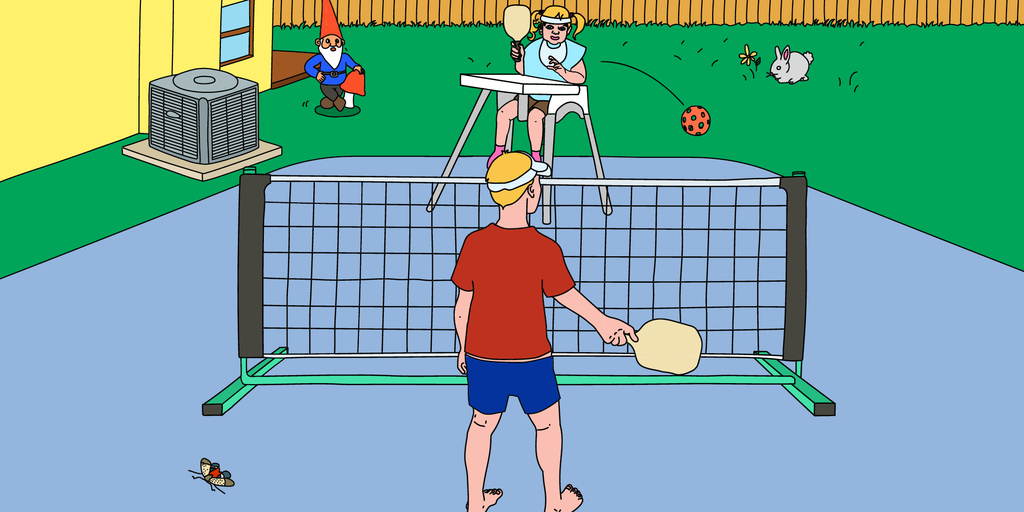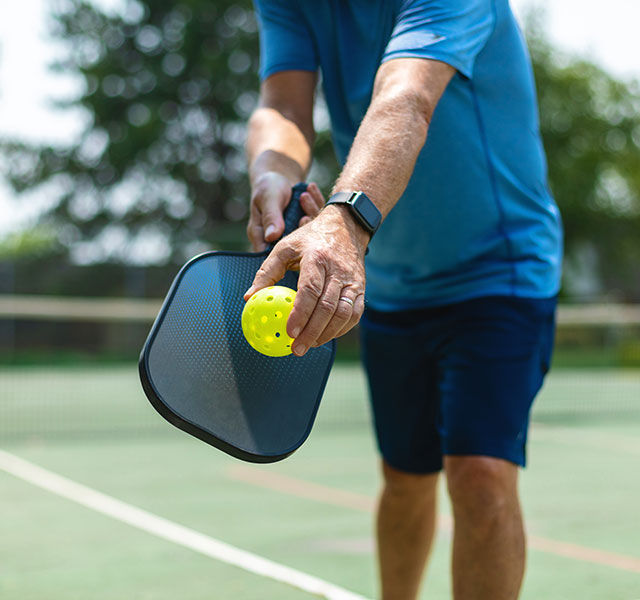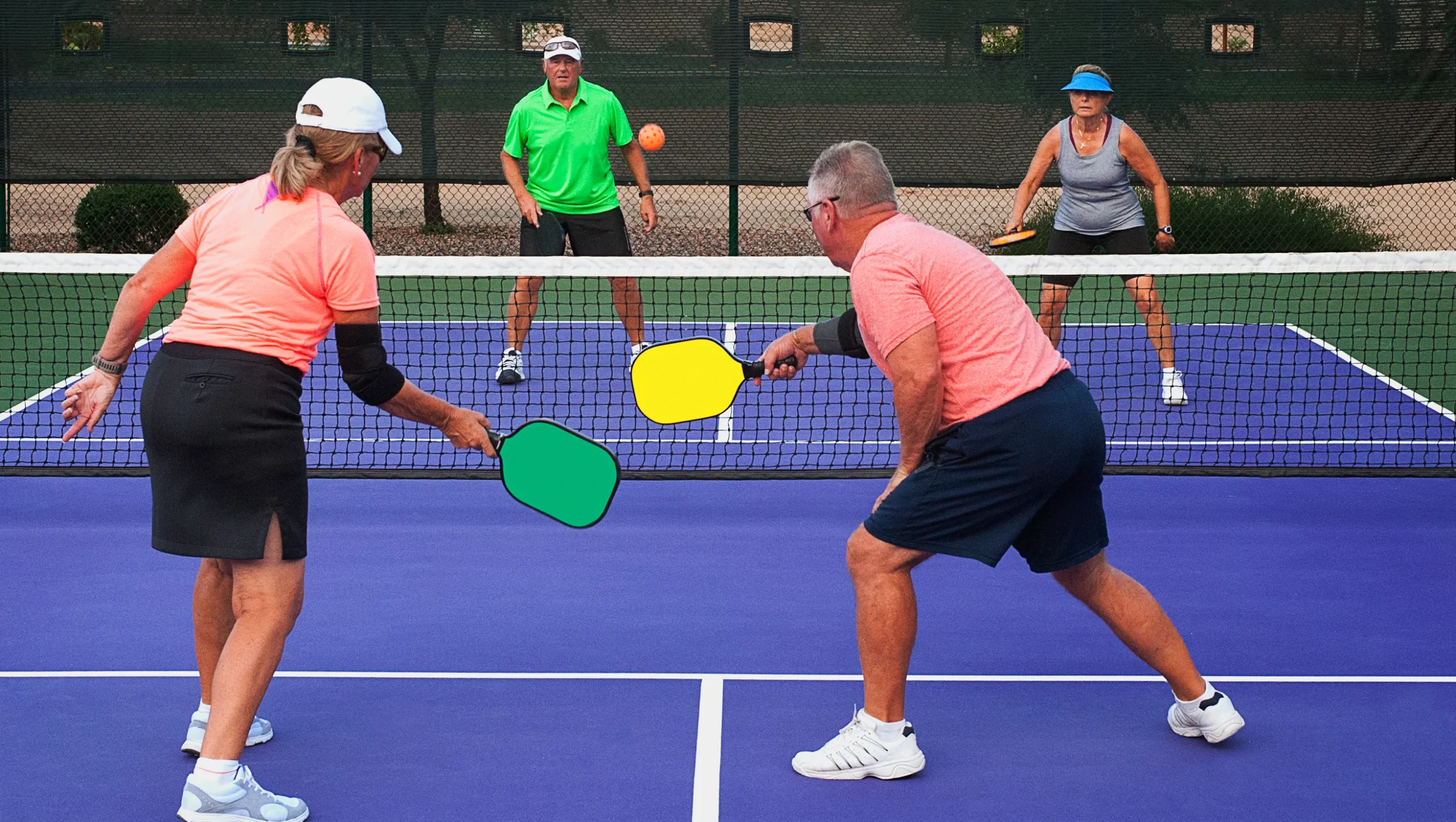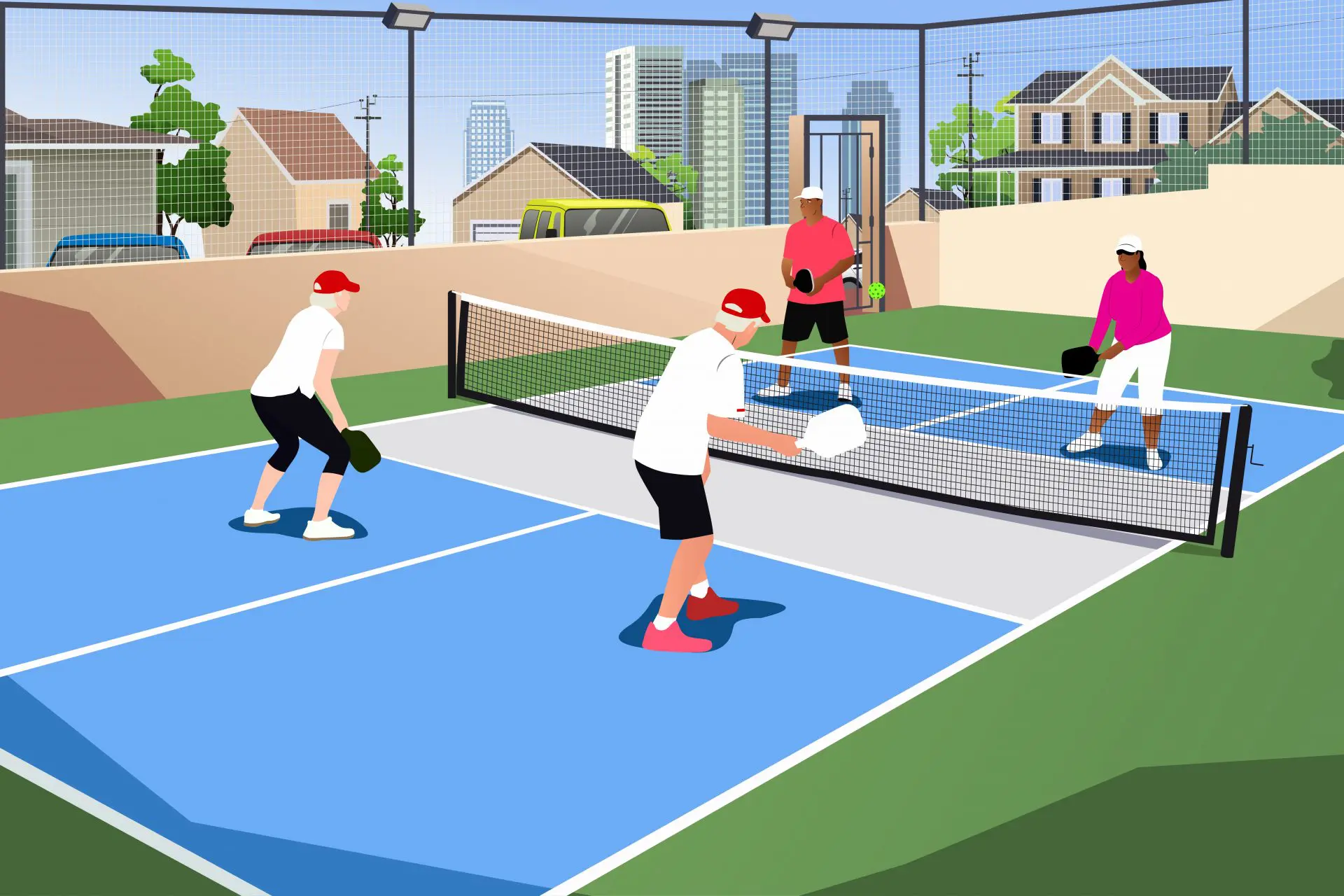Contents
Introduction
Pickleball has become increasingly popular in recent years, captivating players of all ages and skill levels. In this article, we will explore the world of pickleball, including its origins, rules, techniques, strategies, and future prospects. Whether you are a beginner looking to get started or an intermediate player seeking to improve your skills, this guide will equip you with the knowledge and insights needed to excel in this exciting game.
Historical Background
Pickleball originated in the 1960s when it was created by three friends: Joel Pritchard, William Bell, and Barney McCallum. Initially, it was a backyard game meant to entertain their families. However, it quickly gained popularity and evolved into a competitive sport. Over the years, notable figures such as Arlen Paranto, who played a key role in formalizing the rules, and pioneers like Jennifer Lucore have contributed to its development.

Key Concepts and Definitions
To excel in pickleball, it is essential to understand the basic rules and concepts of the game. Pickleball is played on a court similar to a tennis court but with smaller dimensions. Players use paddles to hit a perforated plastic ball over a net. The game involves various shots and techniques, including groundstrokes, volleys, dinks, and smashes, each serving a different purpose and requiring specific skills.
Main Discussion Points
Point 1: Mastering the Serve
The serve is a critical aspect of pickleball as it sets the tone for each rally. Players have the option to use different types of serves, including the underhand serve, topspin serve, and lob serve, each with its own strategic advantages. To improve serving accuracy and power, beginners can focus on proper grip, body positioning, and follow-through. Practicing different types of serves and mastering ball placement are key to gaining an edge over opponents.
Point 2: Proper Footwork and Positioning
Footwork plays a crucial role in pickleball, allowing players to move swiftly and efficiently across the court. Maintaining a balanced stance and being aware of positioning are essential for effectively returning shots and maintaining control during rallies. Understanding the optimal positioning for different situations, such as being at the kitchen line for quick volleys or moving laterally to cover the court, will greatly enhance your overall gameplay.
Point 3: Strategies and Game Plans
Strategic thinking is fundamental in pickleball, helping players maximize their strengths and exploit opponents’ weaknesses. Singles and doubles play require different strategies. Singles play emphasizes court coverage and shot placement, while doubles play focuses on teamwork, communication, and maintaining control at the kitchen line. Adapting game plans based on opponents’ strengths and weaknesses is crucial to gaining a competitive advantage.

Case Studies or Examples
Analyzing real-world examples of pickleball matches featuring professional players can offer valuable insights into effective strategies and techniques. Studying the strategies employed by renowned players like Simone Jardim and Ben Johns can provide inspiration and guidance. By observing their shot selection, court positioning, and decision-making, recreational players can improve their own gameplay and enhance their overall performance.
Current Trends or Developments
Pickleball has experienced a surge in popularity across different age groups, from millennials to senior citizens. The sport’s inclusion in major sporting events and its recognition as an official sport in various countries highlight its growing appeal. Furthermore, advancements in equipment and technology, such as paddle materials and ball designs, have contributed to the evolution of the game. Recent research has also uncovered the physical and mental health benefits of playing pickleball, further increasing its allure.
Challenges or Controversies
Beginner players often face challenges in learning the game, such as understanding and implementing proper technique, mastering shot placement, and adapting to the speed and agility required. Controversies surrounding certain rule interpretations and tournament formats have also sparked debates within the pickleball community. Engaging in these discussions and exploring different viewpoints allows players to gain a deeper understanding of the game and its evolving landscape.
Future Outlook
Pickleball’s future appears promising, with projections indicating continued growth and popularity. As the sport gains more recognition, there is a possibility of its inclusion in major sporting events like the Olympics. Furthermore, potential areas of research and innovation, such as paddle and ball technology, rule modifications, and training methodologies, provide exciting opportunities for the future development of pickleball.

Conclusion
In conclusion, pickleball is an engaging and accessible sport that offers a myriad of physical, mental, and social benefits. By familiarizing yourself with the game’s history, terminology, techniques, and strategies, you can embark on a journey to become a skilled pickleball player. Remember to continuously practice, adapt your game plan, and stay open to learning from examples and experiences. So grab your paddle, step onto the court, and start your pickleball adventure today!
References:
- The Pickleball Guru’s Guide: The Comprehensive Guide to Building Skills and Improving Your Game” by Prem Carnot
- USAPA Pickleball: https://www.usapa.org/
- Professional Pickleball Association: https://www.pickleballpro.com/
